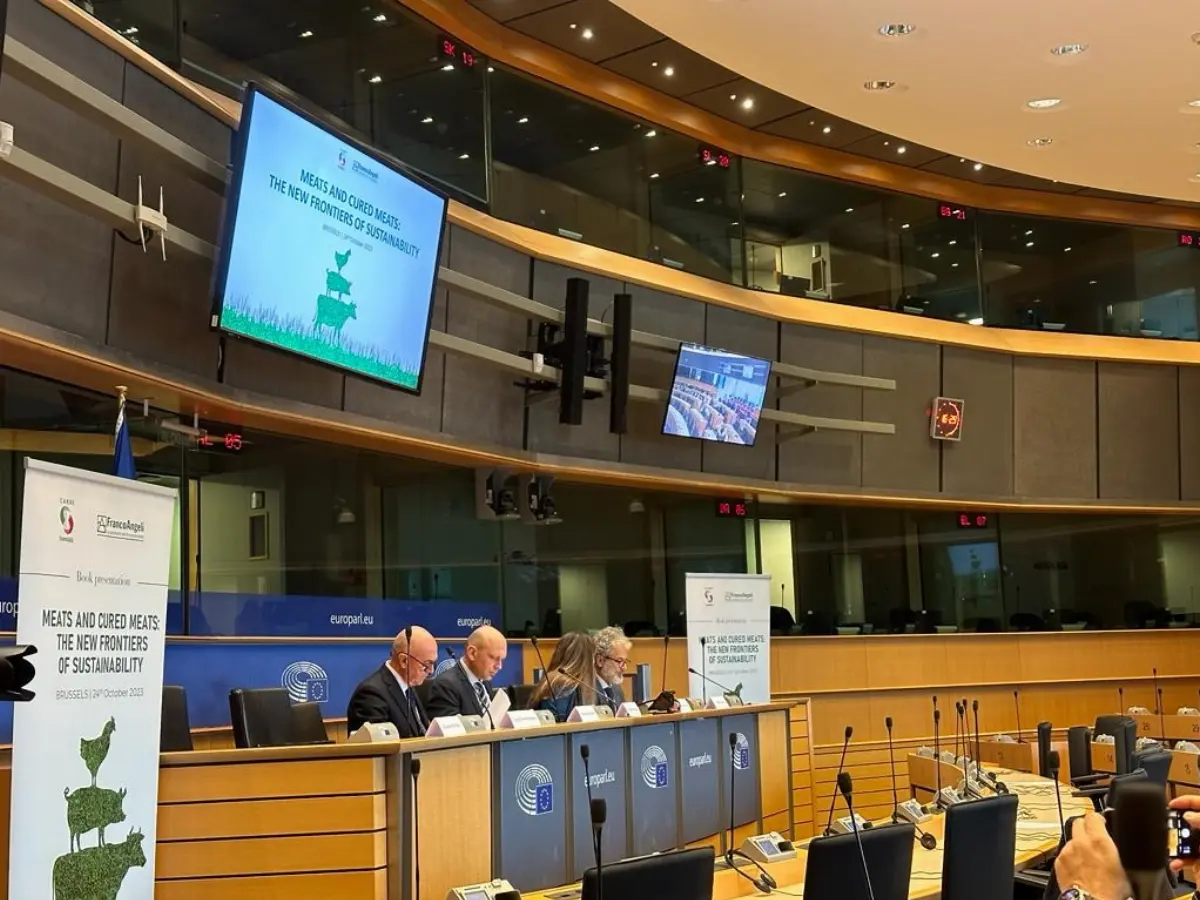
Do you want to access to this and other private contents?
Log in if you are a subscriber or click here to request service
Agro-zootechnical emissions weigh only 4.6% in the EU
New data presented in Brussels disproves clichés about pollution facebook sharing button twitter sharing button

Agriculture is the only human activity that sequesters it in addition to emitting carbon. The numbers in the volume “Meats And Cured Meats: The New Frontiers of Sustainability” presented to the European Parliament.
lml - 35361
EFA News - European Food Agency
EFA News - European Food Agency